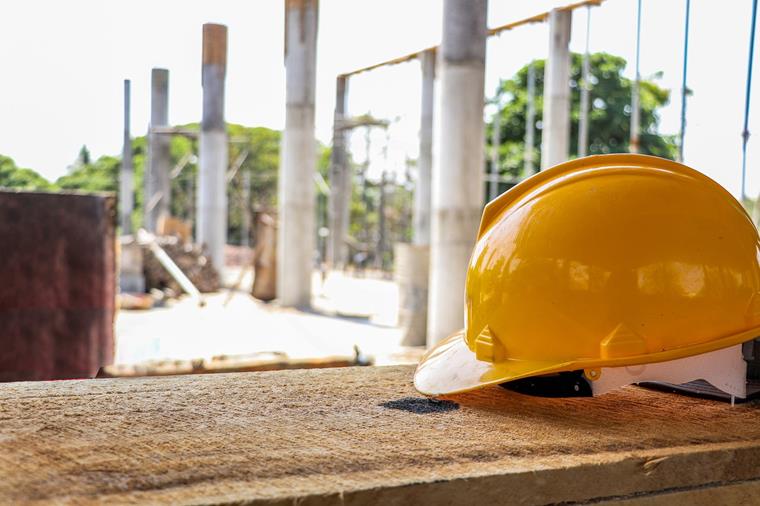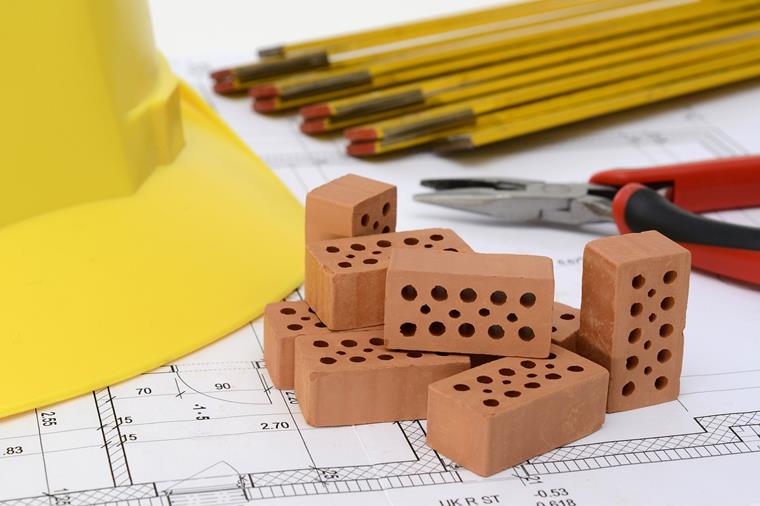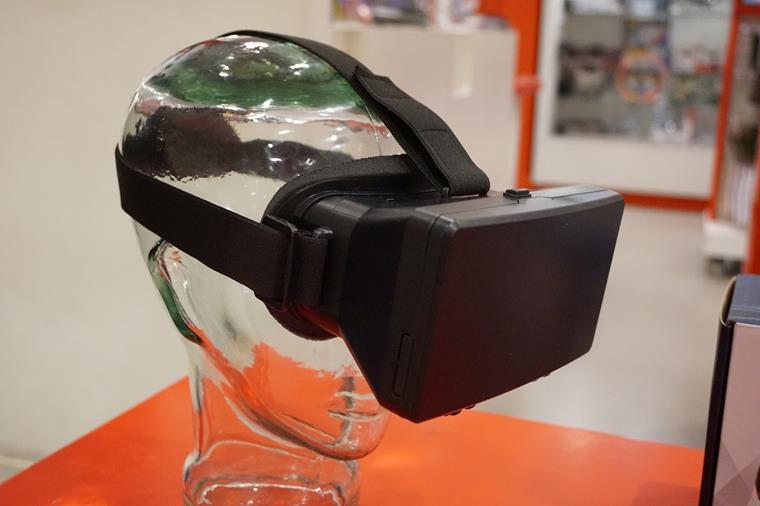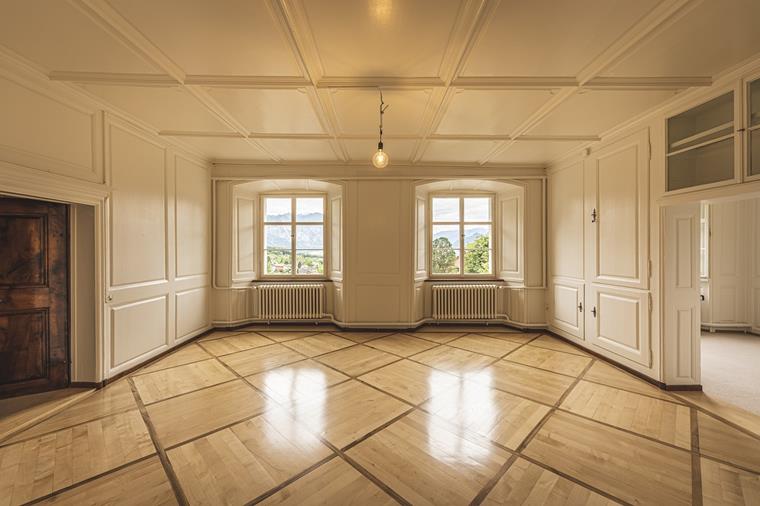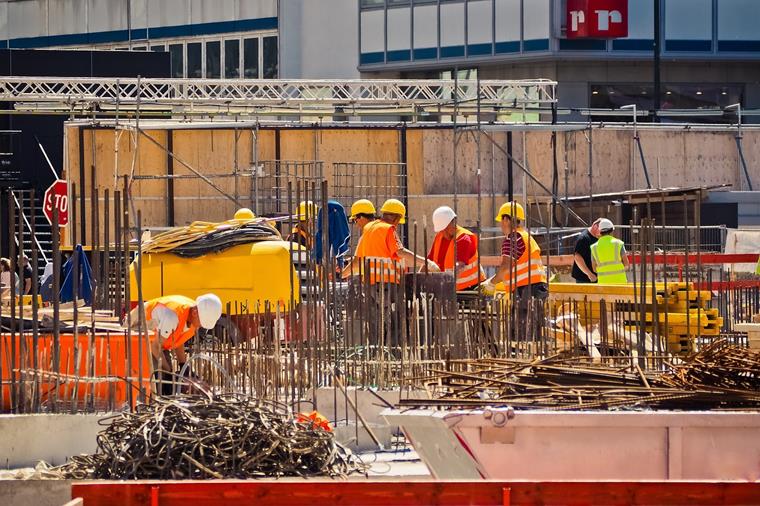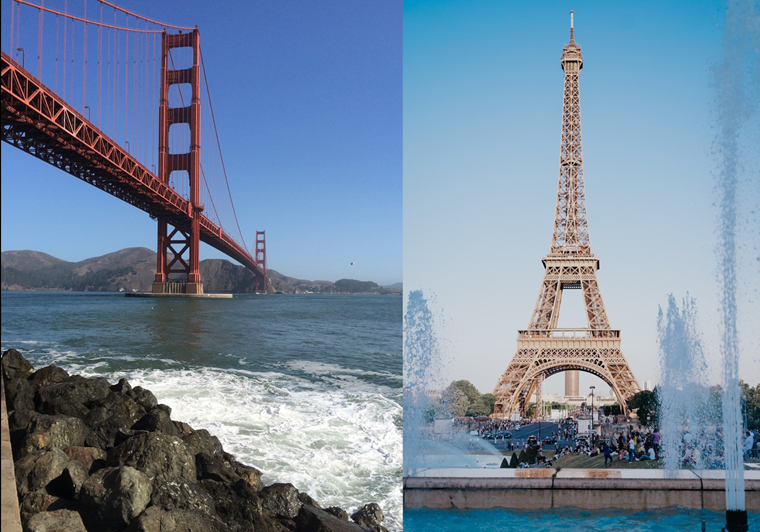All Signs Point to Future
Today, our guests are experts in AR and VR. We welcome Christian and Harald to our podcast. Both work at the Vienna University of Technology in the Center for Digital Building Processes. For each of them, their professional career in engineering began at the age of 14 – quite normal in Austria, as we learn. Their path led them to an HTL, a technical college. This is a kind of specialized high school for technical professions that covers grades 9 to 13. Graduates can study directly and already have a technical education in, for example, mechanical engineering, electrical engineering, or civil engineering under their belts.
Both studied engineering and set up the Center for Digital Building Processes in Vienna. Christian heads this department and Harald is his deputy – a real team! The core of their work is primarily in the digitization of civil engineering. Together, they are doing some interesting research, including VR and AR in construction.
AR and VR – What is the difference?
On the one hand, we have our reality, that is, real elements in our real environment. Christian explains it as a conventional lens of glasses that you can see through.
On the other hand, augmented reality is virtually expanded reality. We see the real environment through our glasses or via a tablet. Now, we can place digital, virtual elements in this environment. For example, we are standing on a real green meadow that is going to become a building site and we can see a virtual house as it stands in this meadow through our glasses or a tablet. Furniture stores are already using something like this so their customers can estimate whether the desired sofa will fit into their living room at all. Of course, we immediately see great potentiality in this!
In the case of VR (Virtual Reality), on the other hand, the entire world around the user is virtual. An example of this is, of course, video games that can be experienced using closed glasses. Here, the user is completely immersed in another world or a building.
Opportunities and Benefits of AR in Construction
In construction, VR and AR are support for everyday work. This is very interesting, of course, especially for the design process. Christian describes it in more detail using the example of VR.
- "I can see a building that is being designed and I can walk through that building."
Especially in the case of complex buildings, this technology can ensure that re-design can be done as early as possible if something does not fit perfectly. So this is definitely a step forward for designing a model in the office. In some cases, web meetings are already taking place in such VR environments.
Another use for VR is emergency training. What should I do if important systems fail or in the event of a fire? VR is perfect for practicing processes that are rare and, ideally, do not happen at all.
As soon as a model is to be executed on a construction site, AR is used particularly here and shows its strengths. Our guests tell us about one of their research projects where AR glasses played a major role. This was used, for example, to test the acceptance at the building site.
Especially in training or for rare activities that simply have to be carried out, technical instructions can be displayed directly to the user via AR.
But AR and VR can do even more! Since the Coronavirus crisis at the latest, digital trade fairs are nothing new. Entire exhibition stands can benefit from AR or even VR. The problem of whether a customer comes to a product or the product comes to the customer is also solved by AR and VR. Here, interested parties can view a various selection of bricks, for example, without the necessity to see the bricks in person.
Did you know? You can also experience Dlubal structural analysis programs in VR and AR. You can find out more here:
In this context, Christian also talks about "Remote Expert System" that he has developed. What is it? Suppose there are problems at a construction site. In that case, an expert can be brought in via VR. They can thus use the vision field of their colleague on site to show them exactly what has happened and give them specific instructions, for example, by showing the suggested solutions. This solves a problem quickly and easily, without an expert having to visit the construction site.
At the construction site, this technology is to be used primarily for acceptance and quality control. It's not only the construction team that benefits from it. In Vienna, neighbors of a construction site can take a direct look at the building project thanks to another research project of our guests. The plans are submitted in BIM, and at the same time, implemented by AR in such a way that even citizens without prior technical knowledge can imagine what will be built there and how it will look in the end. Pretty useful, we think!
How far is this technology already?
The expectations are relatively high here. Processing the volumes of data and, more importantly, processing them properly, will be an even bigger task for the future. It is also necessary to consider that such data could fall into the wrong hands. There is still some research and fine-tuning to be done here.
Of course, hardware and software are still under development. VR is already suitable for everyday use; AR needs a little more time, especially with AR glasses. As a result, it is not yet possible, for example, to import an entire building with each individual part as a configurable model into AR glasses. Due to the limited memory and computing power, there are limits here. However, you only have to import what is on the same level as the user or in his/her field of vision.
Objects in AR begin to drift at some point and move away from their actual destination, especially when they travel long distances or when there is a lot of movement. After all, the software is busy recalculating with every movement.
Future of AR in Construction Industry
At the moment, the price is still one of the biggest inhibitions for the widespread use of VR and AR. Several thousand Euros for AR glasses are not affordable for private consumers, of course. Here, they mainly rely on the big electronics giants. Only they can make such a technology usable and affordable for the general public.
Christian and Harald agree that AR glasses will outstrip the cheaper cell phone or tablet solution in the long run. Especially at the construction site, it makes more sense if the workers have both hands free.
As is so often the case, the construction industry itself is slowing down the technological progress. Christian tells us that a few years ago, the programmers of their AR glasses were very enthusiastic, but were quickly taught otherwise.
- "They said that everyone at the construction site will wear glasses like this in five years. Then I said: You don't know the construction industry."
Some larger construction companies in Austria are already working with AR on a trial basis and some medium-sized companies are also slowly focusing on it. However, in such a conservative industry as the construction industry, it will certainly take some time to push this technology forward. Above all, the products must then also work immediately, in order to stand up to skeptical eyes. In the case of glasses, at least as our guests say, it will take a while.
They would advise future engineers to trust themselves more. To also dare to make mistakes and then learn from them. Harald's wish would be for interested parties to actually network to solve problems together. Every company develops its own solution, everyone has the same problems, and nobody talks to each other. A community of IT people and engineers could exchange ideas with each other, especially when it comes to new technologies.
Christian mentions: Digital skills are becoming more and more important, but it's also necessary not to forget how to deal with people.
- "No AI can do the crucial scrutiny for us."
He's definitely right! Communication and asking questions to further develop one's knowledge still play a big role in construction. So AR and VR will definitely evolutionize the construction industry. Due to these technologies, engineering is being developed, and progress will eventually come. When exactly? That remains to be seen. In any case, we can hope for further research and development in the next few years.
Christian and Harald, what is your favorite building?
Christian doesn't have to think long. For him, the most beautiful structure he has ever seen is clearly the Golden Gate Bridge as a true monument of engineering.
For Harald, the Eiffel Tower has an important place in his heart. At the time, its construction was truly outstanding – in every sense of the word. We can absolutely understand both. Thank you both for being our guests!
